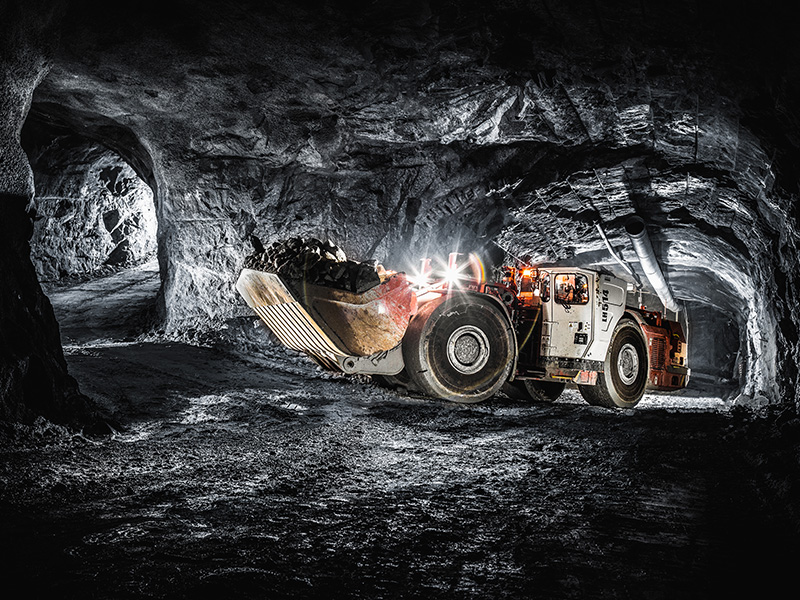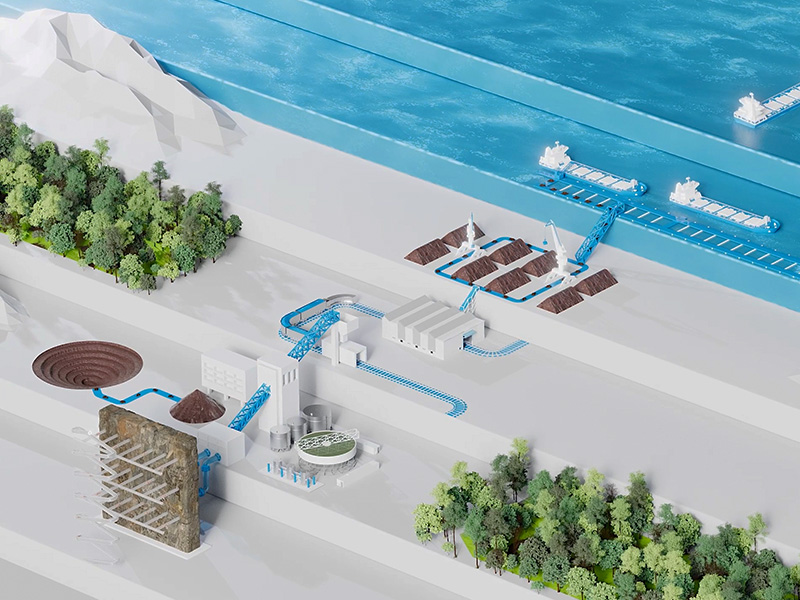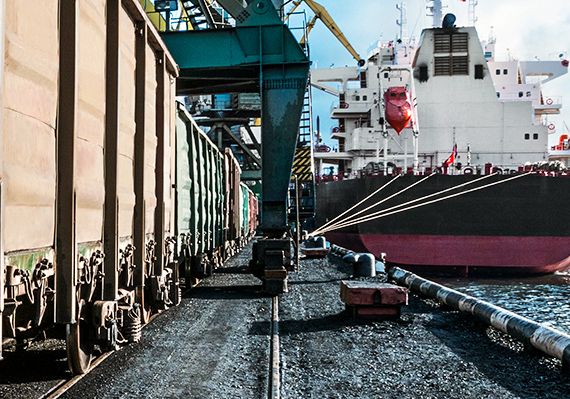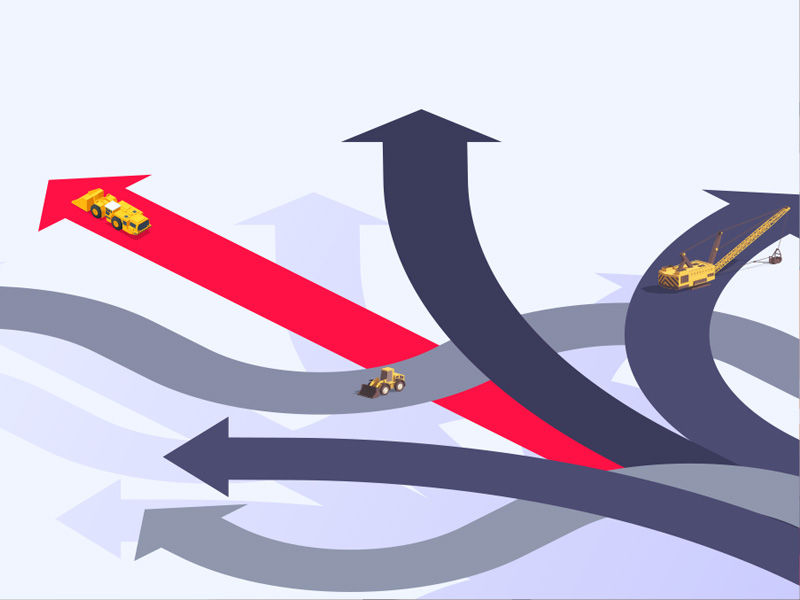Unlocking critical resources through fully autonomous mass mining
Sandvik Mining and Rock Solutions is assembling a stack of technologies that will allow full autonomy, from planning through to execution, for underground mass mining operations. Here’s how…
When most people think about autonomous underground mining operations, it’s usually from an equipment or systems perspective i.e., an area of a mine – generally in a production setting – which operates without the physical presence of humans. Operations like these have been possible for some time and would be classed as level three ‘conditionally autonomous’ on the GMG’s Mining Automation Maturity Model. However, for an operation to be classed as ‘highly’ or ‘fully’ autonomous (level four or five as defined by the GMG) requires an operation to be run exclusive of people and their decision making.
Systems with this capability are also classed as level six ‘highly automated’ under the GMG’s maturity model for short interval control (SIC) systems (see figure 1). These technologies enable a centralized coordinator to optimize equipment and activities against functions like maintenance, mine planning, and logistics, providing improvements in accuracy, effectiveness, and speed of operation-wide activity coordination.
For the majority of mines, operations and systems like these are still a pipedream. But, for mass mining operations, such as block and panel caves, fully autonomous production is a tangible possibility today; technologies that can provide significant advantages already exist, and when the right solutions and providers are brought together, those advantages can be achieved.
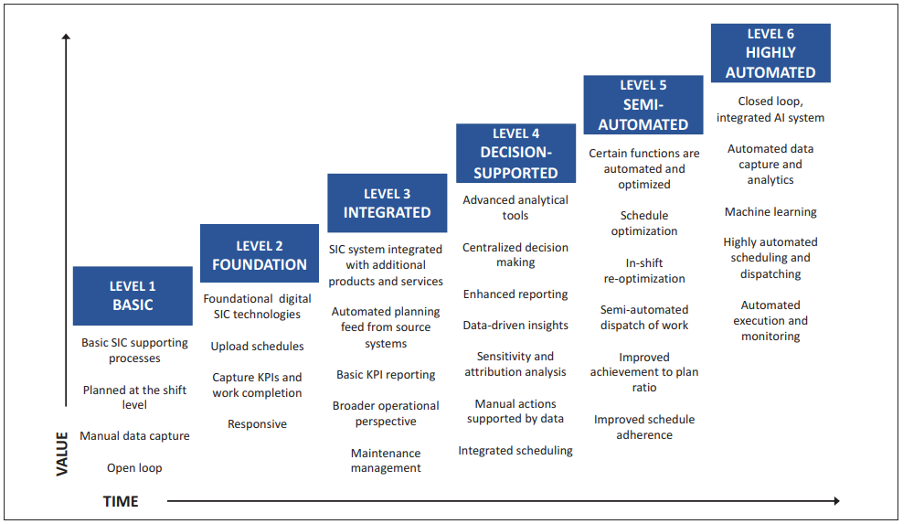
Figure 1: GMG short interval control system maturity levels. Source: GMG
Continuous mining suits full autonomy
Block caves are generally large-scale, long-life assets. The high speed, high volume, repetitive nature of production activities – for instance, loading at drawpoints and ramp haulage with trucks – means they lend themselves well to highly or fully autonomous operation, as does the relatively stable operational footprint (although this will develop and expand over time). This stability means that an autonomous production system can be set up and tuned for optimal performance as well as integration with other mine systems and functions, for instance, planning and scheduling.
In practice, a system like this might comprise a fleet of autonomous loaders and trucks which are dynamically dispatched to different drawpoints and ore passes depending upon the real-time cave state and its compliance with the mine plan. It might also include auxiliary equipment, such as water sprays which are operated autonomously when dust levels exceed a certain threshold, or breakers that intervene when oversized material is detected at a drawpoint.
In comparison, operations which use mining methods such as sub-level stoping, tend to be more dynamic and, as such, when autonomy is introduced, the focus would likely be on a smaller area of the operation with a view to quick setup and operational consistency. A truck loop is a good example: autonomous trucks shuttle between the loaders and the ore pass, on a predefined route with human supervision.
Ty Osborne, Acting Director for Global Automation Product Line and Projects, Business unit Automation at Sandvik Mining and Rock Solutions, explained: “Different mines use different extraction methods, and suit different levels of autonomy. Only a handful of mines today are leveraging highly or fully autonomous systems. However, we’re seeing interest in these technologies growing.”
“One of our first use cases for full autonomy in a mass mining environment was at a customers’ block cave mine in NSW, Australia. That was introduced 10-15 years ago and, often, when we showed potential customers what had been achieved there, we’d hear ‘that’s great, but it won’t work in my mine’. At that time, the industry wasn’t under the same pressures in terms of talent scarcity and productivity. As a new generation of leaders and workers are coming through, we’re seeing a shift away from that legacy thinking. People are now asking ‘how can we make these systems work for us?’ That’s really encouraging.”
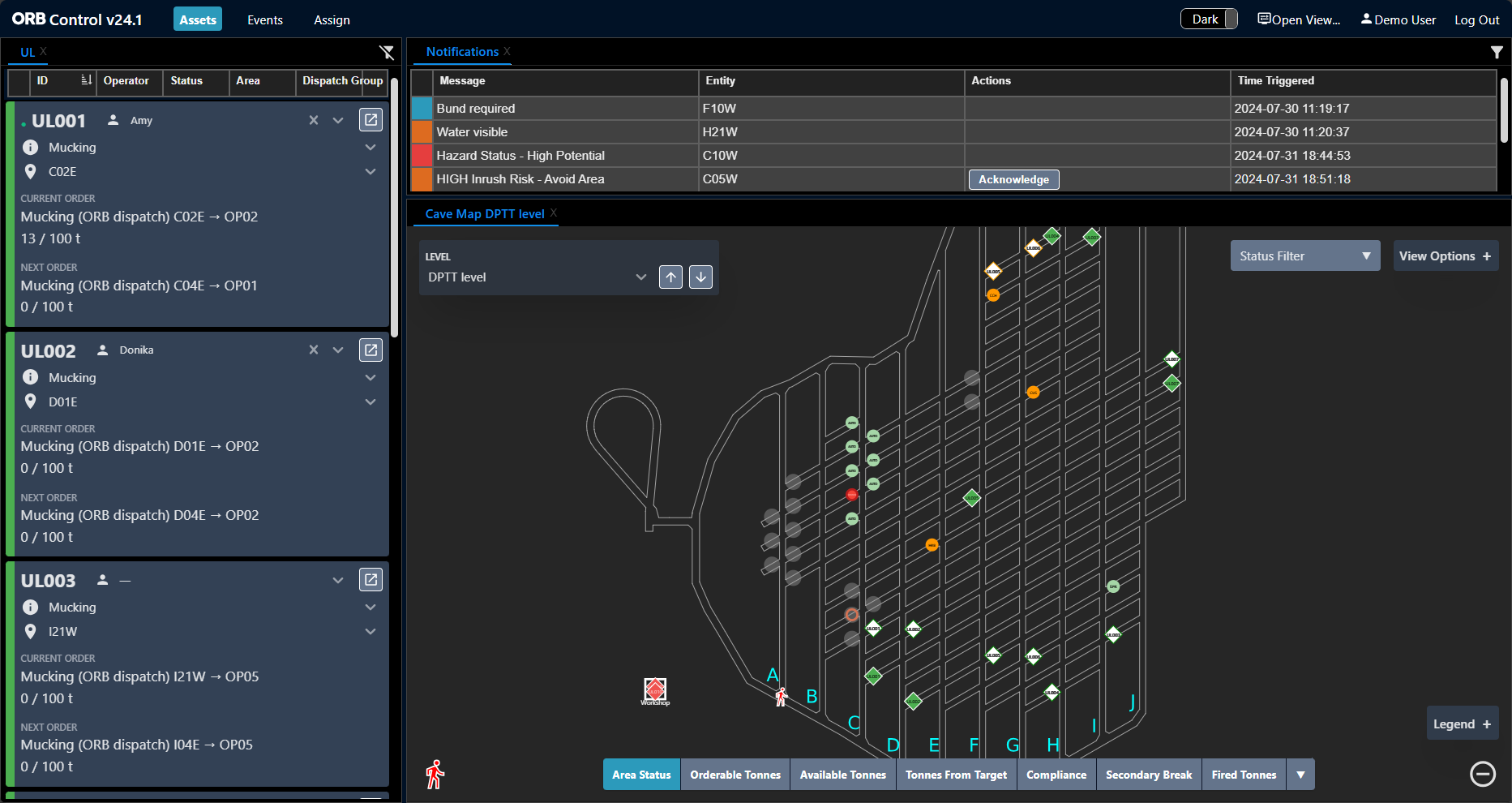
Example of the ORB control room application monitoring the production level of a block cave
Building fully autonomous production systems
Fully autonomous mining requires hardware – autonomous trucks and loaders – as well as software and a reliable communication and network. For example, Sandvik’s AutoMine® Core offering is a holistic autonomy platform which provides multiple levels of interoperability for Sandvik and third-party OEM fleets. Key modules include AutoMine® Fleet and Manual Production Monitoring (MPM), and the AutoMine® Access Control System (ACS) which oversees functional safety. The AutoMine® Traffic Management System orchestrates fleet movements, and integration with SCADA controls allows two-way communication with other mining equipment and systems, such as lighting and water sprays.
“AutoMine® was one of the first autonomous systems for underground mines, although it can now be applied at surface operations too,” said Osborne. “It was originally developed to automate the truck fleet at mine in South Africa, and we’ve continued to build upon the platform since.”
One of the latest features that's key for highly and fully autonomous mass mining is the Flexible Safety Zone. This allows autonomous mining equipment to operate continuously in the automated area while allowing for intersections with manual equipment, making it possible for manual equipment to cross automated equipment routes and share dump or load points. AutoLoad 2.0 was also introduced in June 2023. This allows operators to ‘teach’ loaders different loading profiles for each drawpoint, eliminating the need for them to assist in bucket loading during mucking. AutoLoad essentially closes the loop on autonomous production cycles, meaning that one operator can now operate five or six machines simultaneously.
AutoMine® has been deployed at 20+ mass mining operations globally, and over 100 operations in total. Evolution Mining’s Northparkes Operation, a copper-gold mine, has been operating its E48 cave since 2010 using electric loaders. The mine produces 6Mt/y using AutoMine® and has seen significant improvements in its operating costs since implementing the system. A former mine in New South Wales (NSW) Australia, uses Sandvik’s MPM solution which is part of the AutoMine® Core platform.
“At this mine, AutoMine® is integrated with the ORB optimization-based decision support software from Polymathian,” Osborne explained. “The systems are running on a fleet of manned competitor machines. AutoMine® performs high-precision tracking of vehicles and material, and reports on the actual cycles. ORB then uses that data to understand the cave state, update the cave draw and provide new dispatch orders to the operators.”
AutoMine® recently achieved a safety milestone of over seven-million lost-time-injury (LTI) free working hours globally. Osborne said this success can partly be attributed to the wraparound Lifecycle Services that Sandvik provides for it.
“We’re not just adding value to operations through systems implementations, but also to the workforce by developing their expertise and confidence around autonomous systems,” he said. “Change management and upskilling is a big part of successful autonomy deployments. It ensures that when the system goes live there are no production losses.”
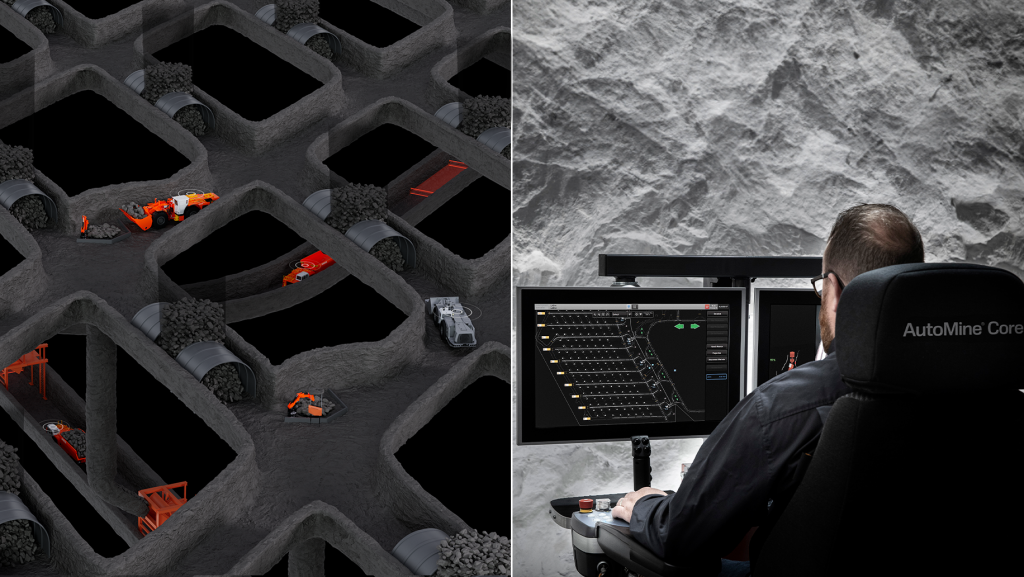
Sandvik AutoMine® Core
Automated decision-making elevates autonomy
In February 2023, Sandvik completed the acquisition of industrial mathematics specialist, Polymathian. The company is now part of Deswik, whose integrated suite of software solutions enables effective planning, scheduling and execution of mass mining operations, while unlocking higher levels of autonomy through automated and optimized decision making.
Steven Donaldson, Technical Director – ORB, explained: “Automated decision making allows a shift in the way that mines operate, because it removes the need for human decision making in functions such as planning, scheduling and dispatching. When paired with optimization algorithms, it allows the best possible plan or schedule to be generated given the mine’s objectives and constraints. Automated decision making can be applied to manually operated fleets as well as autonomous ones but bringing it together with autonomy can generate impressive gains in cave throughput and fleet utilization.”
He added that this capability is exclusive to level six SIC systems, as defined by the GMG maturity model – at the time of writing, Sandvik was the only vendor whose technologies provide this.
ORB was developed in 2013 by Polymathian to help a copper-gold mine in Australia to solve a scheduling bottleneck. In that case, cave productivity was constrained by the throughput of the operation’s loaders.
“The team at the mine had already used a dynamic dispatch system at its open-pit operation and was looking for a similar solution to aid productivity underground,” Donaldson explained. “It’s a very different problem, but we undertook analytics to understand exactly what was holding up productivity and created an optimization algorithm that uses real-time data to make decisions around scheduling to alleviate the bottleneck and minimize downtime.
“The system is integrated with AutoMine® Core’s MPM tool to gather high-quality data on fleet and material movements, and that meant that we could also optimize compliance with the mine plan. Overall, the mine saw a 20% uplift in productivity and the system has since been used alongside autonomous loaders.”
Following that success, ORB was deployed at Rio Tinto’s Argyle diamond mine in Western Australia which was experiencing issues with convergence and wet muck. There, the issue wasn’t just optimizing throughput, but making sure the right material was mined at the right time to deliver a blend that kept the primary crusher up and running. The mine saw a 7% improvement in tonnage over shift-changes. Since then, ORB has also been rolled out to various locations globally including Rio Tinto’s Oyu Tolgoi copper-gold mine in Mongolia where it’s used alongside AutoMine® for fully autonomous dispatching and to manage cave draw.Since its inception, ORB has received a number of updates and its applications have been expanded to encompass sub-level caving and other mining methods, as well as cave blending capabilities. The tool can add value in three ways: by improving compliance, improving throughput and through data capture and cave monitoring; each can be performed independently or run simultaneously for greater value.
Enabling future caving operations
“ORB and AutoMine® are already being utilized in tandem,” said Donaldson. “That’s a plug-and-play integration, and there are multiple benefits. For instance, ORB can provide automated dispatching in a production environment for autonomous equipment. Data can also be pulled from Sandvik equipment and brought into ORB through AutoMine® for reporting purposes.”
In time, these integrations will be expanded to encompass other industry-leading solutions and technologies from Sandvik’s portfolio. For example, Deswik.OPS, which is a collaborative short-term planning and shift execution tool for monitoring and managing compliance used by mines like Oyu Tolgoi, could be integrated with AutoMine® and ORB to dynamically manage cave execution and development.
For example, linking these systems and the OPS Operator App would provide automated capture of production data as well as machine, operator and location status information. This would allow highly effective replanning across all parts of caving operations, not just production. Further out, although equally important, mine development planning solutions, such as Deswik.Spatial, Deswik.Planning and Deswik.Caving, could also be added.
Sandvik AutoMine® experts are also working to combine systems with Sandvik’s other digital, OEM-agnostic solutions from Newtrax, a product line within Business Unit Automation under the Digital Mining Technologies division. Newtrax specializes in providing OEM agnostic safety and productivity solutions for underground mines, including personnel and vehicle tracking, proximity detection, and machine health and productivity. These can benefit autonomous mass mines in several ways. For instance, by tracking people and vehicles outside of autonomous production areas to enhance real-time decisions on issues that arise e.g., if an autonomous machine breaks down and technicians want to deploy the nearest service crew to get the machine back up and running quickly. The company’s new Collision Avoidance System with vehicle intervention capabilities is also being developed for full integration with AutoMine® to enable safe and productive operation between autonomous vehicles and pedestrians.
Another common occurrence in caving operations are hang ups – oversized materials blocking a drive or drawpoint which need to be broken up or blasted before production can continue. By integrating Newtrax technologies with AutoMine® and ORB, the closest breaker could be quickly identified and autonomously dispatched to resolve the issue.
“The integration of Sandvik’s full stack of technologies could produce some really exciting possibilities in autonomy,” said Osborne. “For instance, leveraging technologies, like those from Deswik and Newtrax, could help to create controlled mixed traffic environments.
“While Sandvik is the leader in underground autonomy for mass mining, we realize that we’re likely not the only vendor working in a block cave. Our aim is to create an interoperable, fully autonomous mining platform with end-to-end optimization, from planning through to dispatch and execution. Through that vision, we’re laying the foundation for the next 20-30 years of safe, sustainable minerals and metals production.”
Donaldson agreed: “The caves that are being developed today are hotter, deeper and more geotechnically challenging than ever before. Full autonomy is what will make those operations feasible, not just from a safety and productivity perspective, but also financially. These are enabling technologies in that respect.”
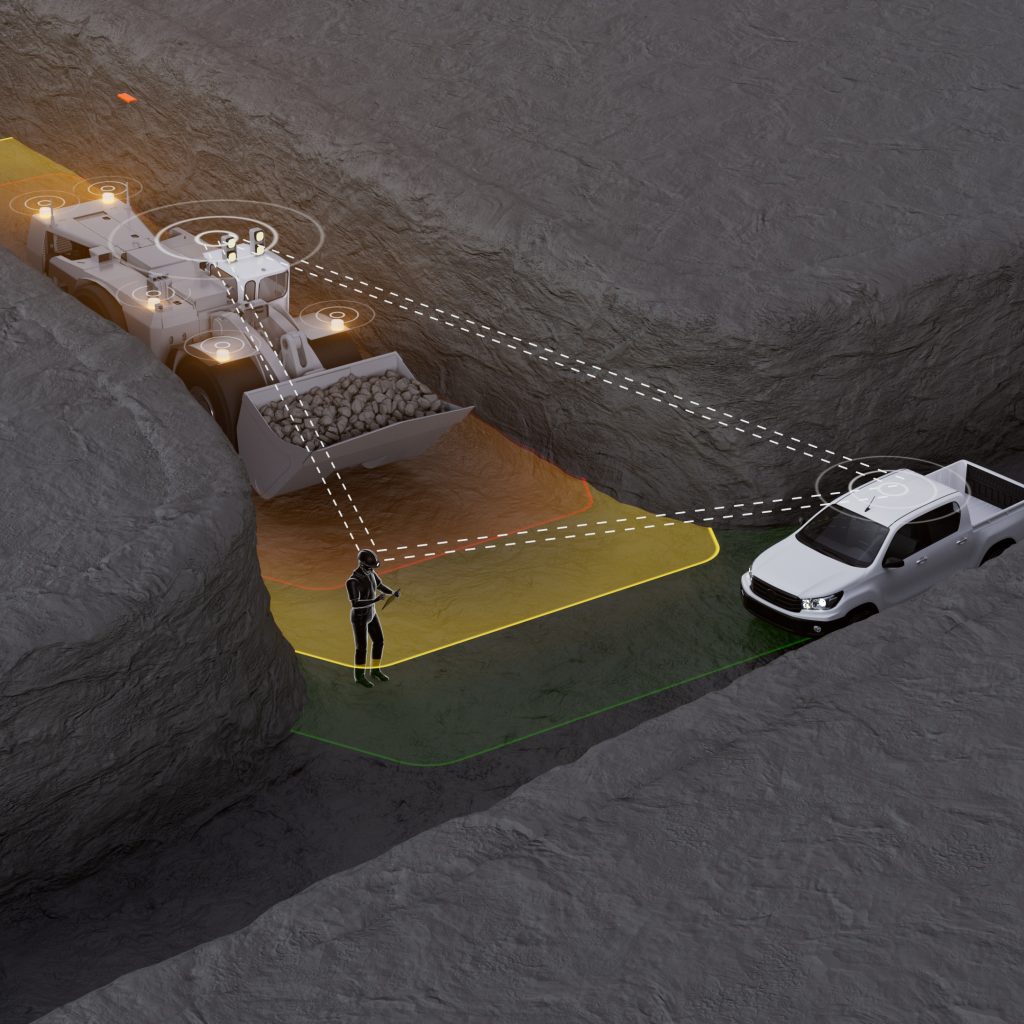
NEWTRAX Collision Avoidance System. Source: NEWTRAX


